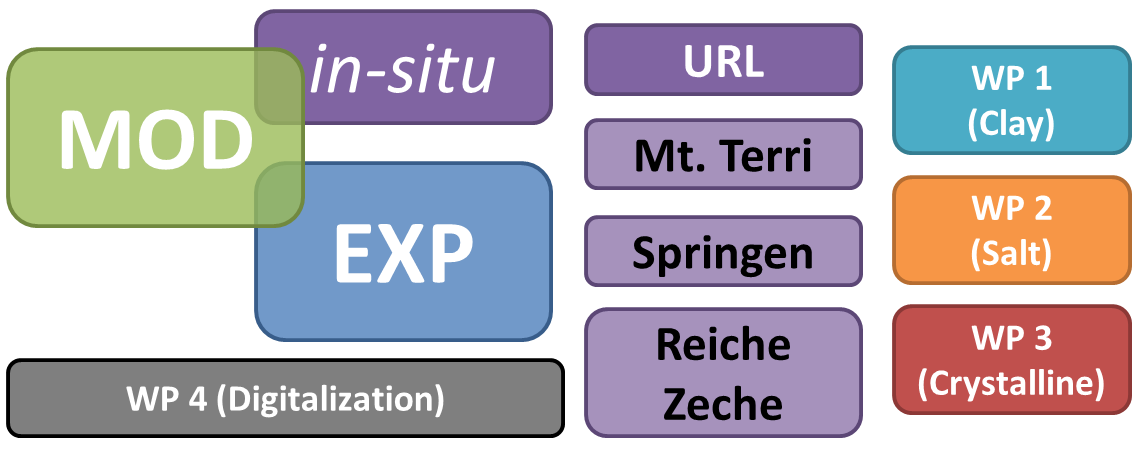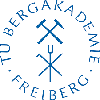GeomInt2: Geomechanical integrity of host and barrier rocks - experiment, modeling and analysis of discontinuities
Interventions in the geological subsurface, such as the extraction and storage of energy or the safe storage of toxic and radioactive waste, requires careful geoscientific investigations and prognostic studies in the context of different disciplines in order to avoid adverse effects on the environment. In particular, deformation processes and physicochemical alterations can lead to a profound damage to rocks and thus adversely affect the integrity of geological barriers. The various micro- and macro-mechanical structures (fissures, cracks, fractures, etc.) weaken the rock from a mechanical point of view and can lead to unintentional pathways for the migration of pollutants. They can be generalized as discontinuities. Their development is usually inadequately understood and cannot be adequately modeled with currently available simulation systems.
The aim of the collaborative project is to provide a realistic, experimental-numerical analysis of the formation and development of discontinuities in geological barriers using the example of salt, clay and crystalline rocks. The focus is on typical processes that lead to the development of specific discontinuities. These include swelling and shrinkage processes, pressure-driven percolation and stress redistributions.
 GeomInt2 concept
GeomInt2 concept
GeomInt2 will continue the research concerning the geomechanical integrity of host and barrier rocks by combining experimental and modelling works into an analysis platform. It is continued by the interdisciplinary consortium of partners from universities, governmental and private research institutions with complementary, long-standing experience in the analysis of geosystems, which has proven itself in the previous project. New insights are expected, in particular, into the system understanding of the effects of discontinuities on subsurface geosystems. In this context, the focus of experimental investigations shifts significantly to the execution and evaluation of in-situ experiments in different underground laboratories (URLs). For the efficient numerical simulation of coupled mechanical, thermal and hydraulic processes during the formation and evolution of discontinuities on the considered scale, the adaptation of models and algorithms investigated and further developed in GeomInt to high performance computing (HPC) methods is added as a new aspect. The illustrative presentation of structural, experimental and model results in a real context (e.g. the URLs) is to take place within the framework of an integrated visual data analysis (virtualization). The figure above shows a graphical illustration of the project.
The project results allow an improved understanding of the processes, the methods used and the application-oriented systems for realistic time and length scales in order to make the planning and realization of geotechnical uses of the subsurface safer, more reliable and more efficient. A weighty advantage also of GeomInt2 is the transferability of the experimental-numerical concepts and methods to other geotechnical applications (e.g. deep geothermal energy, energy storage, repository problems, methods for hydraulic stimulation, conventional and unconventional resource extraction, or even tunneling). GeomInt2 aims to intensify the internationalization started in the previous project in cooperation with complementary research projects (e.g. DECOVALEX 2023, Mt. Terri project).
Project period: 01.10.2020 - 30.09.2022
Project partner:






